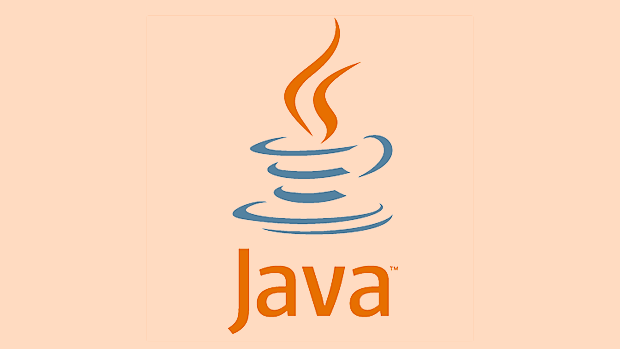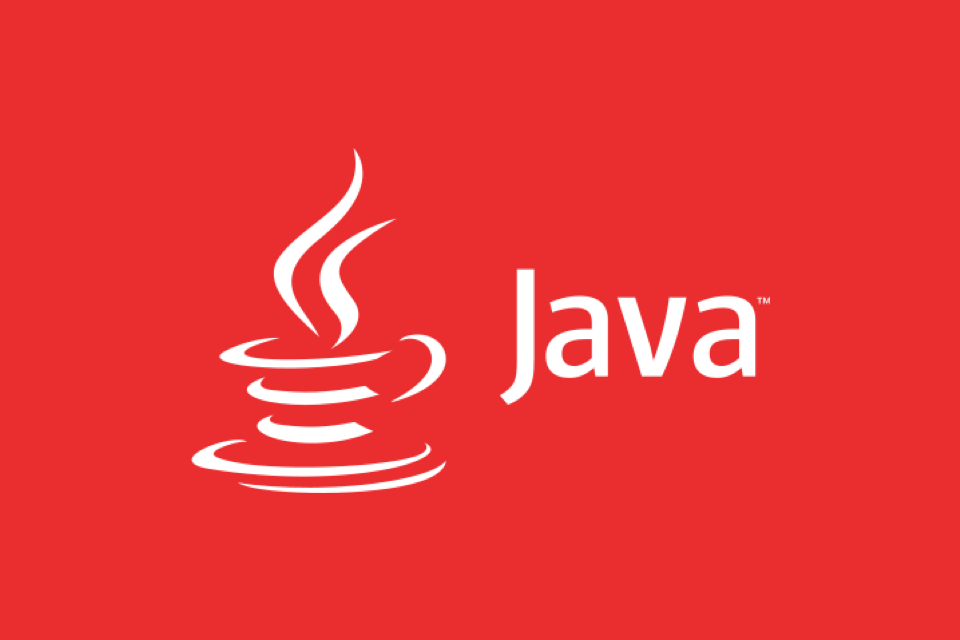What are the different types of classloaders in Java?
Jul 04, 2025 am 01:50 AMJava class loaders are divided into four categories. Bootstrap ClassLoader is implemented by C/C and is responsible for loading the JVM core class library such as rt.jar; Extension ClassLoader loads the extended class library, with the default path being java.ext.dirs; Application ClassLoader is responsible for loading classes under the user classpath, with the default path being controlled by java.class.path; Custom ClassLoader inherits the ClassLoader class and is used to implement specific loading logic, such as hot deployment, encrypted class loading, etc., and usually follows the parent delegation model to ensure security.

Java's class loading mechanism is a very important part of the JVM, and the class loader (ClassLoader) is the core of this mechanism. Different types of ClassLoaders are responsible for loading class files from different sources into memory. They have hierarchical relationships and their respective characteristics and uses.

The following describes several common Java class loaders, as well as their responsibilities and usage scenarios.

1. Bootstrap ClassLoader
This is the most basic class loader, implemented by C/C and does not belong to Java itself. Its main function is to load the core class libraries required for JVM startup, such as rt.jar , resources.jar , etc., which include classes in the Java standard library (such as java.lang.* , java.util.* , etc.).
- It does not have a parent class loader.
- The loading path is usually the path specified by
sun.boot.class.path. - Generally, you don't deal directly with developers, but if you extend the core class library or replace certain system classes, it may be related to it.
2. Extension ClassLoader
Extension ClassLoader is the first class loader written in Java and belongs to sun.misc.Launcher$ExtClassLoader . Its task is to load Java's extended class library.

- The default loading path is the JAR package in the directory specified by
java.ext.dirs. - These extension classes can be accessed by all applications and are suitable for some common third-party libraries.
- If you want a library to be available to all applications but don't want to modify the startup parameters, you can put it in the extension directory.
However, it should be noted that after Java 9, the extension class loader still exists, but the module system (JPMS) has changed the way of class loading. Many contents originally placed in the extension directory are now managed by the module system.
3. Application ClassLoader (also called System ClassLoader)
Application ClassLoader is the class loader we deal with most often, which is responsible for loading class files on the user classpath.
- It is an instance of
sun.misc.Launcher$AppClassLoader. - The default loading path is controlled by
java.class.path, which is usually what you specify through-cpor-classpath. - Its parent class loader is the Extension ClassLoader.
When you run a Java application, all classes are loaded by default through this loader. If you write a class loader yourself and don't specify the parent class loader specifically, it will also inherit the Application ClassLoader by default.
4. Custom ClassLoader
In addition to the above three standard class loaders, Java allows developers to customize class loaders, inherit from java.lang.ClassLoader , and rewrite the methods (such as findClass() and defineClass() ), thereby implementing specific class loading logic.
Common uses include:
- Loading classes from the network
- Encrypted and protected class files, decrypted and loaded at runtime
- Realize hot deployment, plug-in and other functions
- Dynamically generated classes (such as AOP proxy)
When using a custom class loader, it is recommended to follow the "Parent Delegation Model", that is, first delegate to the parent class loader to try to load the class, and only handle it yourself if the parent class loader cannot load. This can avoid repeated loading of system classes and ensure the security and consistency of class loading.
In general, Java provides a hierarchical class loading system, and each ClassLoader has its own scope of responsibility. Bootstrap is responsible for core classes, Extension handles extension classes, Application loads user classes, and custom ClassLoader is used for more flexible requirements.
Basically that's it.
The above is the detailed content of What are the different types of classloaders in Java?. For more information, please follow other related articles on the PHP Chinese website!

Hot AI Tools

Undress AI Tool
Undress images for free

Undresser.AI Undress
AI-powered app for creating realistic nude photos

AI Clothes Remover
Online AI tool for removing clothes from photos.

Clothoff.io
AI clothes remover

Video Face Swap
Swap faces in any video effortlessly with our completely free AI face swap tool!

Hot Article

Hot Tools

Notepad++7.3.1
Easy-to-use and free code editor

SublimeText3 Chinese version
Chinese version, very easy to use

Zend Studio 13.0.1
Powerful PHP integrated development environment

Dreamweaver CS6
Visual web development tools

SublimeText3 Mac version
God-level code editing software (SublimeText3)

Hot Topics
 Building RESTful APIs in Java with Jakarta EE
Jul 30, 2025 am 03:05 AM
Building RESTful APIs in Java with Jakarta EE
Jul 30, 2025 am 03:05 AM
SetupaMaven/GradleprojectwithJAX-RSdependencieslikeJersey;2.CreateaRESTresourceusingannotationssuchas@Pathand@GET;3.ConfiguretheapplicationviaApplicationsubclassorweb.xml;4.AddJacksonforJSONbindingbyincludingjersey-media-json-jackson;5.DeploytoaJakar
 A Developer's Guide to Maven for Java Project Management
Jul 30, 2025 am 02:41 AM
A Developer's Guide to Maven for Java Project Management
Jul 30, 2025 am 02:41 AM
Maven is a standard tool for Java project management and construction. The answer lies in the fact that it uses pom.xml to standardize project structure, dependency management, construction lifecycle automation and plug-in extensions; 1. Use pom.xml to define groupId, artifactId, version and dependencies; 2. Master core commands such as mvnclean, compile, test, package, install and deploy; 3. Use dependencyManagement and exclusions to manage dependency versions and conflicts; 4. Organize large applications through multi-module project structure and are managed uniformly by the parent POM; 5.
 css dark mode toggle example
Jul 30, 2025 am 05:28 AM
css dark mode toggle example
Jul 30, 2025 am 05:28 AM
First, use JavaScript to obtain the user system preferences and locally stored theme settings, and initialize the page theme; 1. The HTML structure contains a button to trigger topic switching; 2. CSS uses: root to define bright theme variables, .dark-mode class defines dark theme variables, and applies these variables through var(); 3. JavaScript detects prefers-color-scheme and reads localStorage to determine the initial theme; 4. Switch the dark-mode class on the html element when clicking the button, and saves the current state to localStorage; 5. All color changes are accompanied by 0.3 seconds transition animation to enhance the user
 css dropdown menu example
Jul 30, 2025 am 05:36 AM
css dropdown menu example
Jul 30, 2025 am 05:36 AM
Yes, a common CSS drop-down menu can be implemented through pure HTML and CSS without JavaScript. 1. Use nested ul and li to build a menu structure; 2. Use the:hover pseudo-class to control the display and hiding of pull-down content; 3. Set position:relative for parent li, and the submenu is positioned using position:absolute; 4. The submenu defaults to display:none, which becomes display:block when hovered; 5. Multi-level pull-down can be achieved through nesting, combined with transition, and add fade-in animations, and adapted to mobile terminals with media queries. The entire solution is simple and does not require JavaScript support, which is suitable for large
 python property decorator example
Jul 30, 2025 am 02:17 AM
python property decorator example
Jul 30, 2025 am 02:17 AM
@property decorator is used to convert methods into properties to implement the reading, setting and deletion control of properties. 1. Basic usage: define read-only attributes through @property, such as area calculated based on radius and accessed directly; 2. Advanced usage: use @name.setter and @name.deleter to implement attribute assignment verification and deletion operations; 3. Practical application: perform data verification in setters, such as BankAccount to ensure that the balance is not negative; 4. Naming specification: internal variables are prefixed, property method names are consistent with attributes, and unified access control is used to improve code security and maintainability.
 How to use Java MessageDigest for hashing (MD5, SHA-256)?
Jul 30, 2025 am 02:58 AM
How to use Java MessageDigest for hashing (MD5, SHA-256)?
Jul 30, 2025 am 02:58 AM
To generate hash values using Java, it can be implemented through the MessageDigest class. 1. Get an instance of the specified algorithm, such as MD5 or SHA-256; 2. Call the .update() method to pass in the data to be encrypted; 3. Call the .digest() method to obtain a hash byte array; 4. Convert the byte array into a hexadecimal string for reading; for inputs such as large files, read in chunks and call .update() multiple times; it is recommended to use SHA-256 instead of MD5 or SHA-1 to ensure security.
 python parse date string example
Jul 30, 2025 am 03:32 AM
python parse date string example
Jul 30, 2025 am 03:32 AM
Use datetime.strptime() to convert date strings into datetime object. 1. Basic usage: parse "2023-10-05" as datetime object through "%Y-%m-%d"; 2. Supports multiple formats such as "%m/%d/%Y" to parse American dates, "%d/%m/%Y" to parse British dates, "%b%d,%Y%I:%M%p" to parse time with AM/PM; 3. Use dateutil.parser.parse() to automatically infer unknown formats; 4. Use .d
 How to convert an Array to a List in Java?
Jul 30, 2025 am 01:54 AM
How to convert an Array to a List in Java?
Jul 30, 2025 am 01:54 AM
Converting an array into a list in Java requires selecting methods based on the data type and requirements. ① Use Arrays.asList() to quickly convert an object array (such as String[]) into a fixed-size List, but elements cannot be added or deleted; ② If you need a mutable list, you can encapsulate the result of Arrays.asList() through the ArrayList constructor; ③ For basic type arrays (such as int[]), you need to use StreamAPI conversion, such as Arrays.stream().boxed().collect(Collectors.toList()); ④ Notes include avoiding null arrays, distinguishing basic types from object types, and explicitly returning columns






